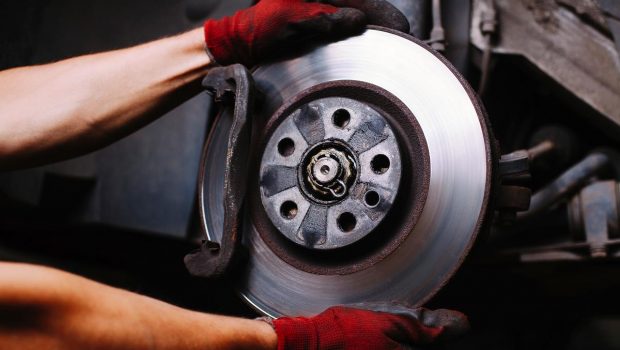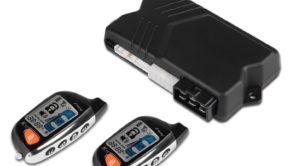The Four Symptoms That Warn You To Change The Car Brakes
The brake system of any vehicle is its main active safety system, since its occupants depend directly on its efficiency and proper functioning. For this reason, you should know when to change the car breaks. The brake system consists of two parts: hydraulics (pedal, pump, circuit, callipers / cylinders) and mechanics (discs and pads, shoes and drums). Both parts are made up of different elements that, due to their own nature of wear or breakdown, can cause a serious failure in the braking of the car.
Here are four symptoms that can be noticed if you have failing brakes
Symptom 1. Extension of braking distance
Need more and more space to stop may be due to other factors such as firm, load, suspension or tires in poor condition. But if you stick to the brake system, this increase in braking distance is due to the wear of the elements that make it up.
For braking to be effective, a number of circumstances must occur. In the first place, the transmission of the force is ideal for which both the operation of the brake booster and the state of the brake fluid play a fundamental role. Secondly, that the effectiveness of the pad-disc, shoe-drum assembly is optimal. In addition to increasing the braking distance, you can find unexpected skids. The periodic maintenance of these systems and the replacement of damaged parts in time can avoid major expenses in the future or, more importantly, you can avoid an accident.
Symptom 2. Pedal too hard
Stopping a car of a ton of approximately weight, moving at a speed of 100 km / h with the only force of your foot. It is necessary to apply much more force and this work is done by the brake booster.
This system acts when the vehicle is running as the vacuum created in the intake manifold plays a fundamental role in the operation of the brake booster. If you want to check its operation try to apply the brake when the car is off, you will see that the first time it will respond, but the next time the car will not stop no matter how hard you step on the pedal. A breakdown in the brake booster will lead to a hardening of the pedal, if you notice this symptom take the car to the workshop Tucson Brake Repair as soon as possible for brake specialists to review this system.
Symptom 3. Noises and vibrations
The vibrations may be due to different reasons, abnormal tire wear, steering alignment, but when they are due to the brake system, they may be due to a twist of the brake discs. The wear of the brake discs, like that of other elements, depends very much on the driving of each driver and the maintenance given to the vehicle. For example, not changing pads in poor condition on time and continuing to drive with them can cause abnormal brake disc wear and cause a worse breakdown.
The wear of the pads; nowadays most vehicles have a warning light in the dashboard; otherwise a metallic noise will give up the bad condition of the pads. When this noise appears it may be due to wear or excessive crystallization due to overheating of the surfaces. In both cases it is necessary to replace the car breaks.
Symptom 4. Spongy brake pedal
The cause can be found in a much damaged brake fluid, leaks in the brake circuit or a defect in the brake pump or cylinders. Brake fluid is essential in the operation of the system as it transmits pressure. This liquid is not compressed, but it is hygroscopic, that is, it absorbs moisture. Vapour bubbles if compressed, which makes the mattress inside the circuit and produces that sensation in the pedal.
















